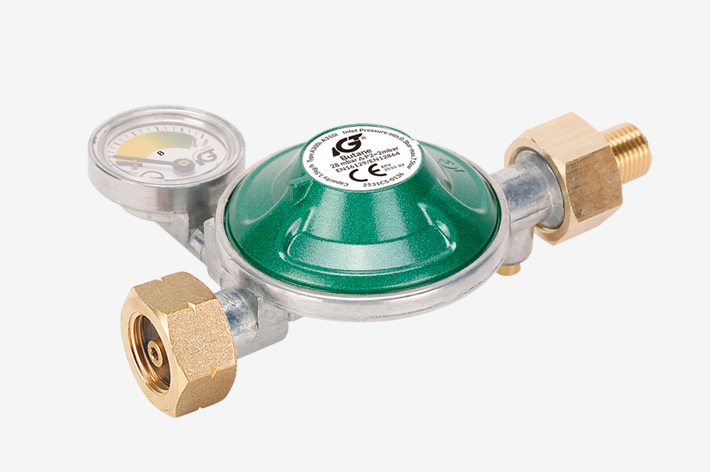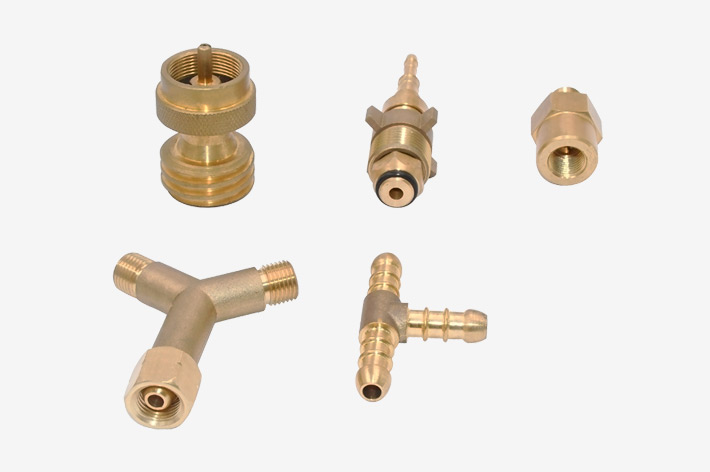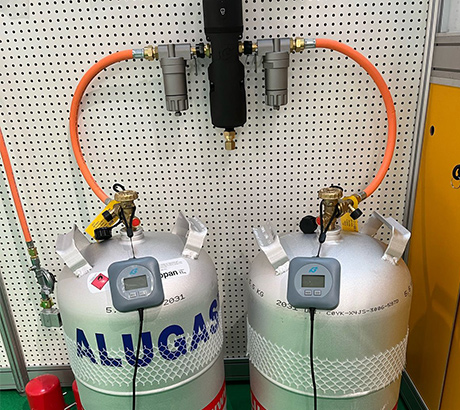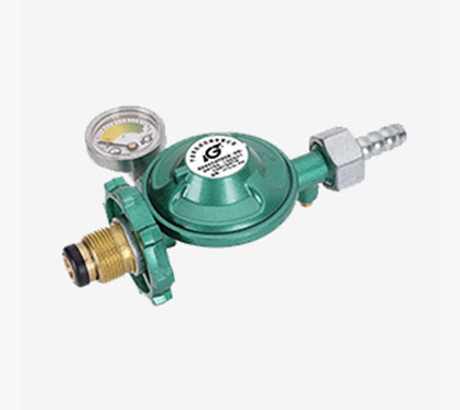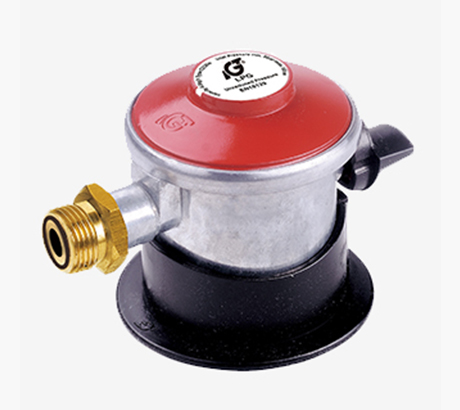There are mainly two types of gas hose pipes: stainless steel bellows hoses and gas hose pipes
The stainless steel threaded explosion-proof tube is often connected with a quick-connect joint, which is sealed by end face, and the quick-connect joint has good strength and is easy to install. Due to its good elasticity, it only requires two special tools to bend by hand during operation. The hose connections all adopt end face sealing, which improves sealing reliability and reduces maintenance or replacement times, effectively avoiding leakage caused by thread sealing being not tight.
However, the price of stainless steel bellows hose is relatively expensive. When using stainless steel bellows hose, it is important to not move it back and forth, which may cause metal fatigue or gas leakage at the threaded connection. On the other hand, stainless steel bellows hose cannot be too long. If it exceeds 1.5 meters, it needs to be fixed. After experiencing mechanical trauma, which may cause cracks or stress concentration, it must be replaced because it cannot be judged by naked eye.
The gas hose pipes are mostly extracted from gasoline, with strong flexibility. Generally, they are divided into three layers. The innermost layer is a PVC rubber layer, the middle is a metal protective layer, and the outermost layer is a flame retardant layer. The metal protection layer clamps the PVC inner tube, and the protective layer plays a role in flame retardancy, preventing rodent bites, and scratches.
The two-headed rubber hose of PVC gas hose is relatively cheap and easy to replace, suitable for liquefied gas tank connection and home use that requires regular ventilation.
In daily life, it is important to know how to identify safety hazards of gas hose pipes
Check if the gas hose pipe is gnawed by mice
The rubber hose has a unique rubber smell and is often near the stove, where there is more grease, which attracts mice to chew the hose, causing the hose to break and leading to gas leakage.
Check if the gas hose pipe is too long
According to regulations, the length of the hose should not exceed 2 meters. The hose is the weak link of indoor gas facilities. The longer it is, the easier it is to bend, which affects the normal use of gas and increases the risk.
Check if the gas hose pipe is overdue for operation
The service life of household gas hose pipe is generally about 18 months. Exceeding the time limit is like a "time bomb" in the kitchen. Therefore, hoses exceeding the expiration date must be replaced in a timely manner!
The safety of household gas is not only a matter of gas pipes, but also depends on personal usage habits. Therefore, in addition to having professionals come to inspect regularly, we must also develop a habit of self-inspection and self-examination of gas appliances in daily life: first, smell the gas. A special odor has been added to the gas, which makes it easy to detect leakage. Secondly, when there is no gas usage, check whether the last red box number in the gas meter is moving. Finally, spray soapy water on each joint. If bubbles are found, it indicates leakage.

 中文
中文 
